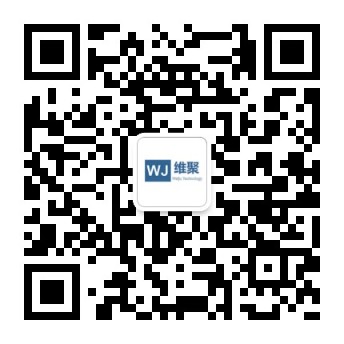2020-07-28 15:51:00
Radio Frequency Identification (RFID) and Internet of Things (IoT)
In the production process of enterprises, many of them are based on single-piece production, but this model has a big flaw, that is, when a problem occurs in one link, a lot of semi-finished products will be squeezed, so that managers can The production cycle forecast, control and adaptability have become increasingly difficult to meet the market requirements of many orders and short delivery times.
With the rapid development of economic globalization, traditional processing and manufacturing industries, such as clothing, electronics and other industries, in order to increase production profits, optimize management procedures, and continuously improve production efficiency through information transformation. The textile and apparel industry attaches great importance to the supply chain and has continuously shown its advantages in the fierce competition. Textile and garment enterprises are using RFID technology and other information technology because of management needs, and are working hard to promote the improvement of the information management level of textile/clothing enterprises. RFID technology promotes the intelligent management of textile fabrics.
Using RFID technology, from cotton picking, processing, to packaging inspection, the production of various places through the Internet timely information communication and visual monitoring, eliminating the time and manpower of manual inspection, and its efficiency and market response capabilities are much higher than similar enterprise. At the same time, many domestic clothing brands are discussing and trying to use RFID technology to solve increasingly serious problems such as anti-counterfeiting/anti-smuggling.
RFID technology (radio frequency identification technology) has non-contact, fast scanning, high identification efficiency, not easy to be damaged, suitable for harsh environments, convenient operation, fast reading and writing speed, large amount of information storage, multi-purpose card, anti-collision, safety Features such as good encryption performance, reusability, tracking and positioning.
Textile fabric management and methods based on RFID technology, including fabric digital identification unit, RFID reading and writing system, and fabric management system. The fabric digital identification unit mainly completes the electronic identification of textile fabrics, uses coding technology to number each textile fabric, and stores the number information in the RFID electronic chip, which is pasted on the fabric in a label mode; the RFID read-write system uses radio frequency The communication technology realizes the reading and writing of the RFID electronic tag code, and uses the USB communication mode to communicate with the fabric management system. The fabric management system realizes the registration, retrieval, and printing of textile fabric information, and realizes the rapid management of fabrics.
RFID electronic label initialization mainly completes the processing of fabric samples to the library, writes the RFID electronic label code (EPC), prints the RFID electronic label information, binds the fabric RFID label and the fabric, binds the shelf position RFID label and shelf position, and verifies the RFID electronic label Wait for the basic work before circulation. After recording the basic information of the fabric sample and binding the electronic label to the fabric, the electronic label is attached to the fabric sample, and the security code of the electronic label can be put on the shelf for circulation. The system provides a convenient modification function, which can modify the electronic label information and record the modification in the system. For damaged fabric RFID electronic tags or destroyed fabrics, the system provides the function of canceling RFID electronic tags.
The textile fabric management technology of RFID technology solves the inefficiency problems of existing textile fabric management, such as information compilation by manual, incomplete information and difficulty in searching.
The application of RFID technology will change the traditional way of warehouse management, automating information collection through RFID electronic tags and RFID terminals. This realizes the efficient, accurate and real-time collection of goods data, and continuously improves the efficiency of fabric warehouse operations. Create an efficient daily warehousing work such as warehouse entry, exit, exit, and inventory, and establish an intelligent management platform.
- TAG:
- 可设自动运转和脚踏开关控制转换。电子光感
- 清楚地检出模切辅料、不干胶标签的产品品质
- 品检的效率高速度快等优点。检测台面斜面符
- WJ-台面品检机适用于卷装材料的标签品质
- 设定数值自动停机等优点。
- 可设自动运转和脚踏开关控制转换。电子光感
- 清楚地检出模切辅料、不干胶标签的产品品质
- 在品检工作中更容易分辩色差
- 品检机台上部份与台内都装有照明灯源
- 品检的效率高速度快等优点。检测台面斜面符
